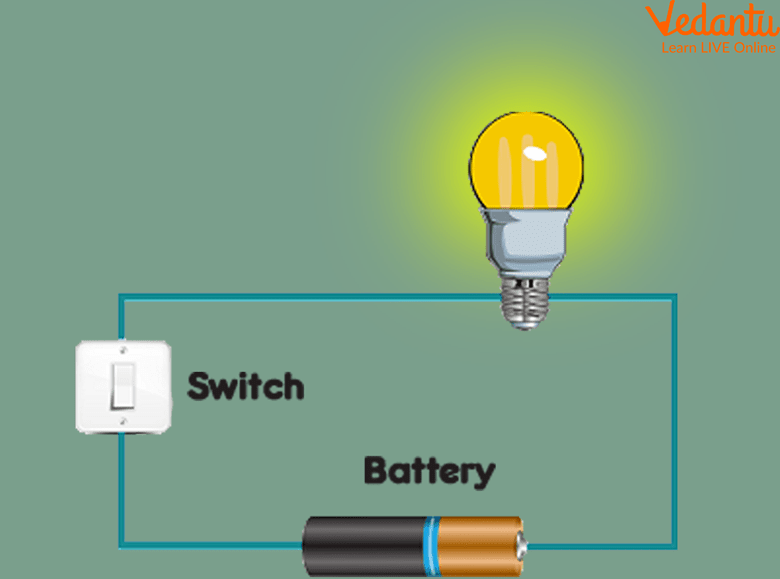
So you need to remember that whenever we talk about electricity or whenever we design a circuit or even look at an electrical circuit drawing, we always default and assume conventional current is occurring. But engineers and scientists know that the electrons are actually flowing the other way. He also discovered these electrons were actually flowing in the opposite direction from the negative to the positive. Benjamin Franklin didn’t realize the silk cloth was actually removing electrons from the glass, so they were actually flowing from the person and to the glass tube. And this difference is going to force the electrons to flow in the same direction.
Vacuum
The two sides of direct current are designated as positive and negative. However, because the polarity of AC changes 60 times per second, the two sides of alternating current are designated as hot and ground. In long-distance power transmission lines, the wires carry the hot side, and the ground side travels through the Earth to complete the circuit. The next known way to create a charge imbalance was the electro-chemical battery, invented in 1800 by Italian physicist Alessandro Volta for whom the unit for electromotive force, the volt (V) is named.
Ohm’s Law
To understand how to measure current and voltage in a circuit, you must also have a general understanding of how a circuit works and how its electrical measurements are related. The electrical current is directly proportional to the voltage applied and inversely related to the resistance in a circuit. •The negative sign indicates that the direction is against that of current flow, as expected for electrons. The SI unit of current is the ampere (A), often informally called « amps. » Electric charge itself is measured in coulombs (C).
Using a digital multimeter to measure current

Materials with high resistance impede the flow of current more strongly than those with low resistance. This is because, when given the choice (such as a node splitting into two), current will try to flow through the wire with less resistance. A nuanced understanding of resistance is vital for engineers and enthusiasts alike as they design and current electricity definition optimize circuits for various applications. Ben Franklin, who conducted extensive scientific studies in both static and current electricity, envisioned positive charges as the carriers of charge. As such, an early convention for the direction of an electric current was established to be in the direction that positive charges would move.
- The protons are positive and therefore their current is in the same direction as they travel.
- If we use a 900 ohm resistor, then the current is 0.01 amps, which is far too low, so the LED will not shine brightly.
- Charge will not flow in a circuit unless there is an energy source capable of creating an electric potential difference and unless there is a closed conducting loop through which the charge can move.
- Its principles serve as a practical and indispensable tool, providing a systematic approach to understanding and manipulating the behavior of electrical systems in the pursuit of technological innovation.
When a faucet is turned on, it is the water in the faucet that emerges from the spigot. One does not have to wait a noticeable time for water from the entry point to your home to travel through the pipes to the spigot. The pipes are already filled with water and water everywhere within the water circuit is set in motion at the same time. In the classic crystalline semiconductors, electrons can have energies only within certain bands (i.e. ranges of levels of energy).
electric current
A current could then be created by touching the amber to a body with less charge or to ground. However, this current had very high voltage, very low amperage, and lasted for only a fraction of a second, so it could not be made to do any kind of useful work. The thermal velocity is several orders of magnitude greater than the drift velocity in a typical wire. Many inventions and discoveries have been made in order to facilitate human life smoothly. The discovery of current electricity is one such discovery that we are highly dependent on to make our life easier.
Therefore, manufacturers need to be able to test cables and lamps to find out how much current they can handle. We mostly use DC direct current for the circuit boards of small electronic devices like laptops, mobile phones and TVs. Is easier to control and allow circuits to be smaller and more compact, many appliances will use a combination of AC and DC. For example, a washing machine will use AC for the induction motor, which is used to spin the tub with the clothes in. But the circuit board, which controls the settings, the lights, the timers, as well as how fast the motor spins, will use DC power. In this type the electrons flow in one direction only – directly from one terminal to the other.
Every 2.0 seconds, 10 C of charge flow through each of these areas. An ammeter has a known, low intrinsic resistance and is set up to give a full-scale deflection (FSD) at a given current level, often 0.015 A or 15 mA. If you know the voltage and manipulate the resistance using the ammeter’s shunt resistance function, you can determine the current; you know what the value of the current flow should be using Ohm’s law.
